Chinese restaurant 101: From chow mein to bao buns, here's what to order as a beginner
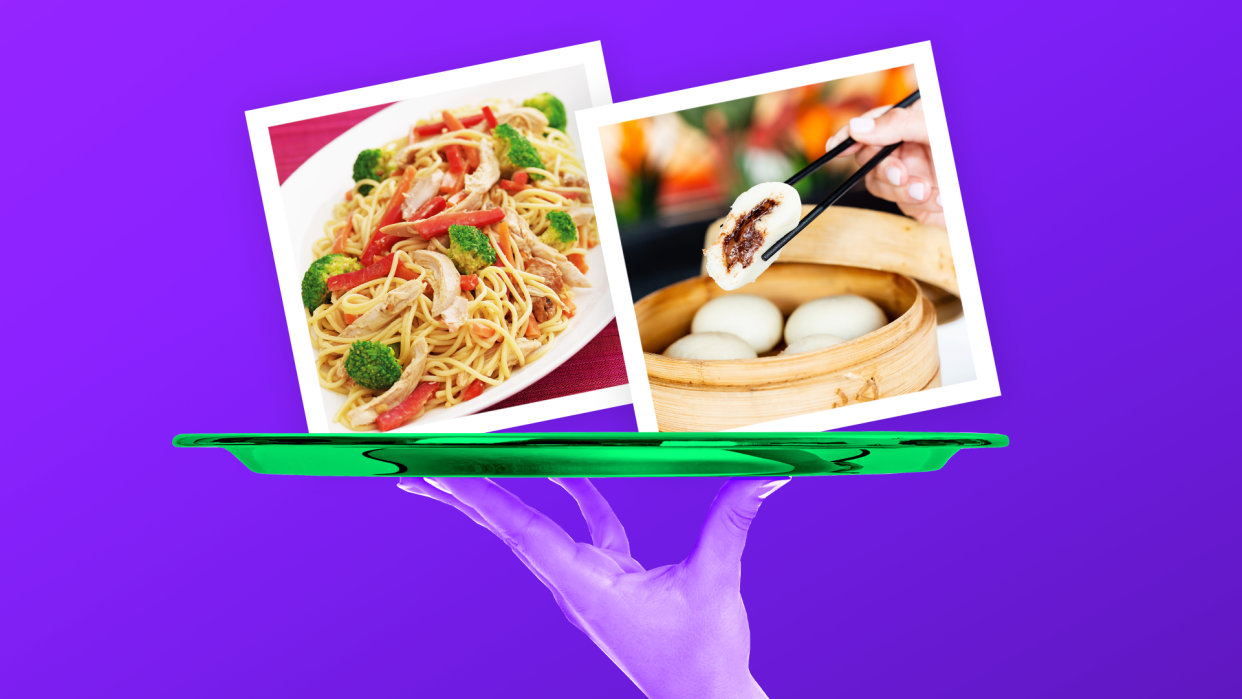
For many, myself included, Chinese takeout has become a staple part of the weekly routine. I order Chinese food on nights when I'm craving flavorful savory dishes. But, believe it or not, I've never actually been to a sit-down Chinese restaurant, something that's pretty embarrassing considering the fact that I eat wonton soup once a week.
To prepare for my first time eating at a Chinese restaurant, I spoke with seasoned Chinese chefs about the history of the cuisine, what to expect during the dining experience and what to order at a Chinese restaurant to ensure a positive first experience that will have you wanting to return again and again.
Chinese restaurant menus 101
Elmo Han, chef at Shanghai Terrace at The Peninsula hotel in Chicago, Ill., describes Chinese cuisine as "traditional, delicious and diverse."
Because of this, a Chinese menu will look different from restaurant to restaurant, but you'll usually see a variety of noodle, meat, rice and vegetable dishes.
For appetizers, you'll find delights like egg rolls (flaky crispy fried shells filled with pork, shrimp or chicken and shredded cabbage, carrots and bean sprouts), spring rolls (thin flour or rice wrappers filled with fresh vegetables), battered shrimp and dumplings.
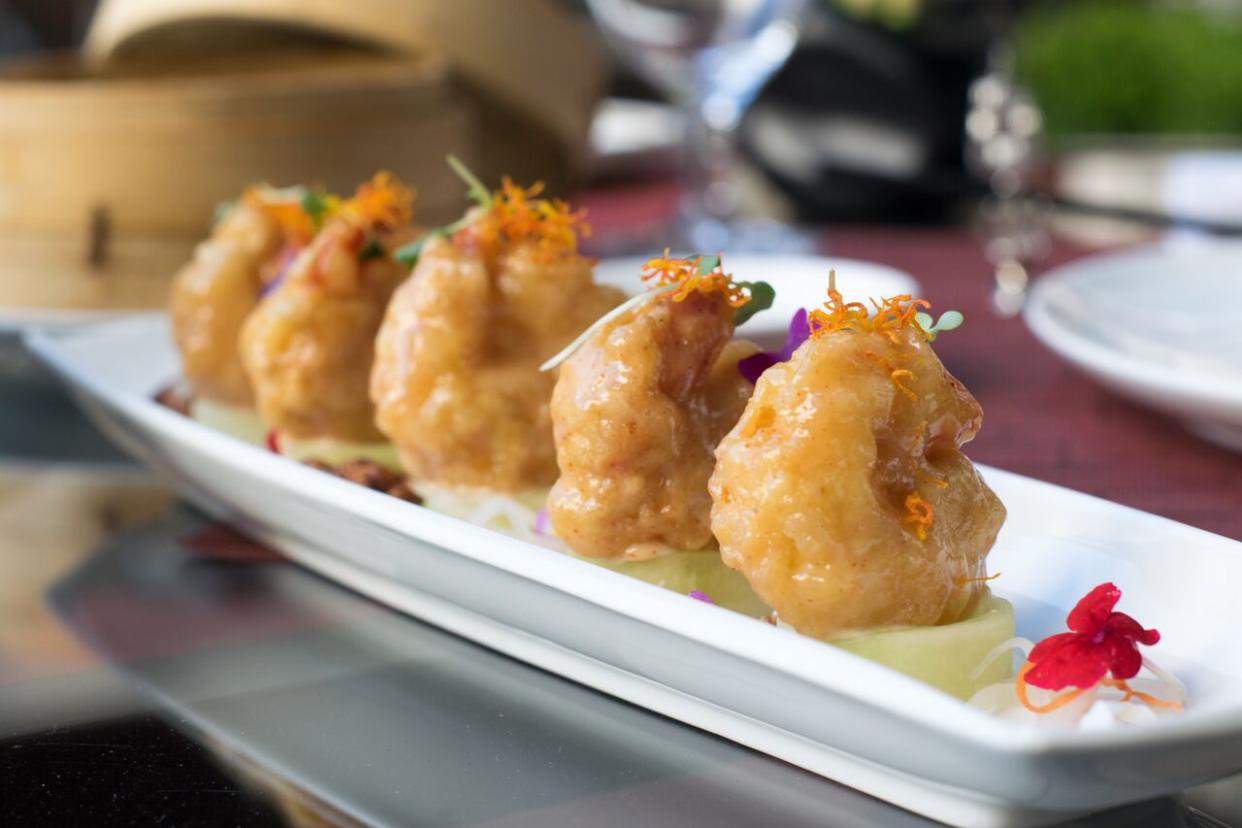
There are a few popular soups usually found on the menu at a Chinese restaurant: hot and sour soup (filled with mushrooms, tofu and silky egg ribbons) wonton soup (seasoned chicken broth and filled wontons) and egg drop soup (wispy beaten eggs in chicken broth).
The main courses served at a Chinese restaurant cover any flavor preferences imaginable. Whether you're craving rice, noodles, meat, fish, vegetables or a combination of them all, there will be something for you on the menu.
Popular chicken dishes you'll likely see include, Kung Pao chicken (stir-fried chicken cubes with dried chili peppers), General Tso's chicken (deep-fried chicken stir-fried with ginger, garlic, scallions and hot chili peppers in a sauce made from sugar, soy sauce, rice vinegar and rice wine) and sesame chicken (boneless fried chicken coated in a sweet sticky sauce finished with sesame seeds).
You may also see a section on the menu for noodles, including chow mein, a drier noodle dish. Chinese noodle dishes consist of noodles, meat and vegetables. Similar to chow mein, lo mein is essentially the same, made with noodles, meat and vegetables, but with a saucier consistency.
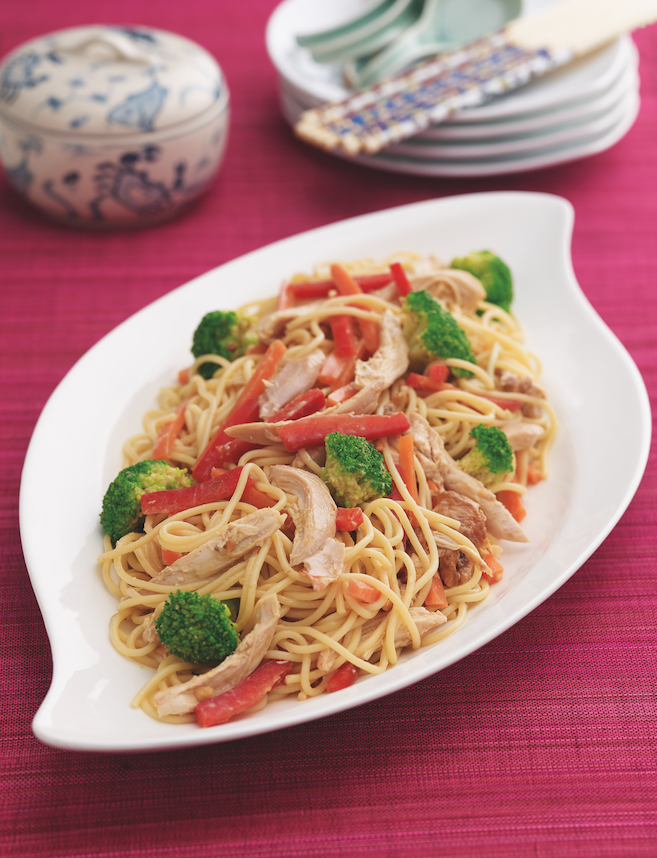
Both chow mein and lo mein are available in a variety of options — chicken, beef, shrimp, vegetable and pork, for example — and often come with a side of white rice.
Last but not least, many restaurants have special combination plates that consist of some type of meat or fish with a side of fried rice, vegetables and an egg roll. Popular dishes like these include Peking duck (thin pieces of roasted duck meat with crispy skin wrapped in a crepe), Szechuan beef (marinated beef stir-fried in a spicy sauce), and mapo tofu (tofu in a spicy sauce with minced meat).
To finish off the meal, you may want dessert. The type of dessert you'll find again depends on the Chinese restaurant you're visiting. Ping Lee, executive chef at Wok Star Chinese in Dallas, Tex. says you can't go wrong with a chocolate bao bun.
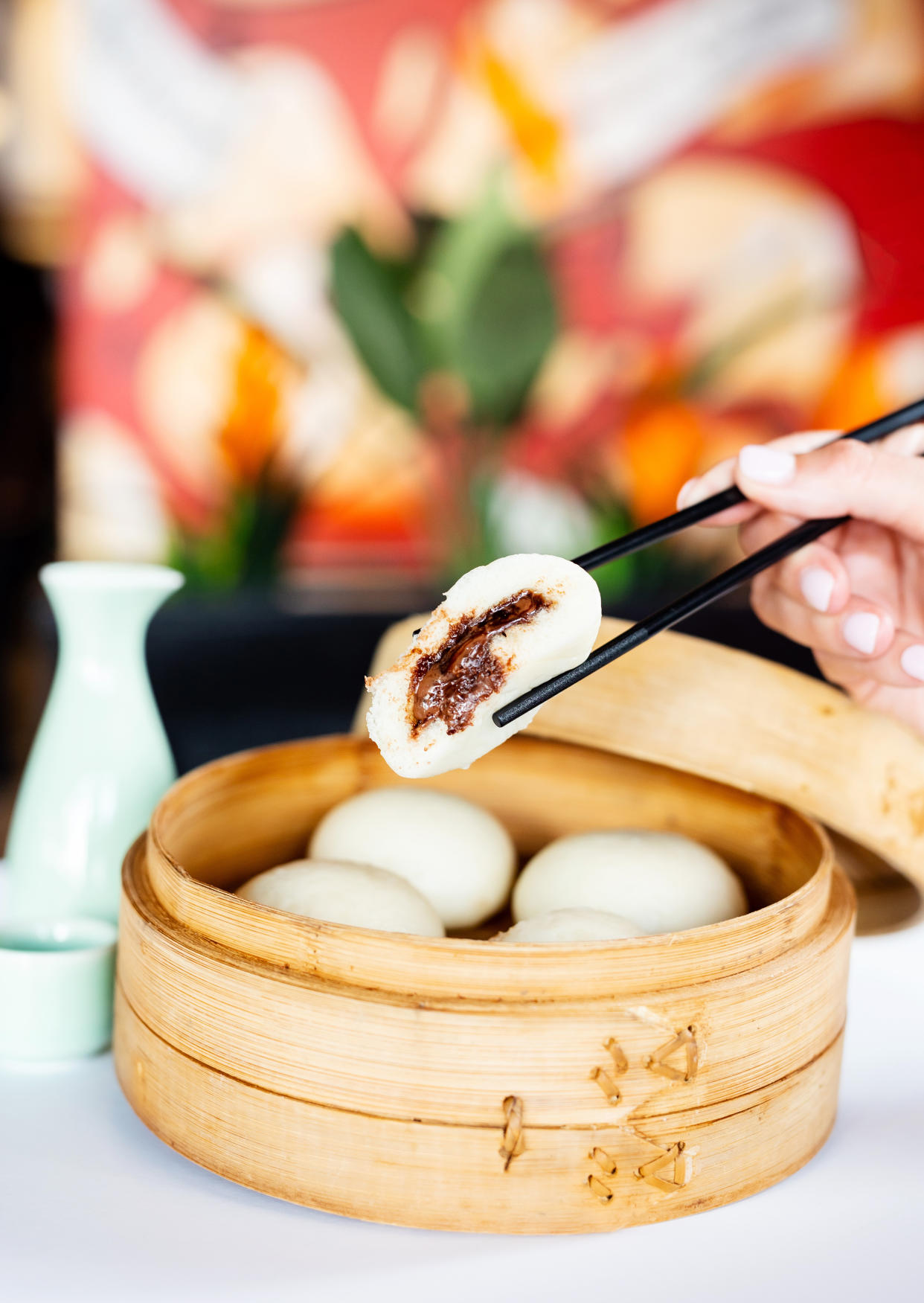
However, Nadia Liu Spellman, owner of several Dumpling Daughter restaurants in Boston, Mass., says Chinese cuisine doesn't have what Americans would perceive as dessert. "The Chinese don't make very sweet treats," she tells Yahoo Life. "Dessert is defined by red bean paste and black sesame, which are savory with a tinge of sweet. A popular American-Chinese dessert is fried ice cream: Delicious, but not Chinese at all."
Be aware of spices
If you're not a fan of spicy food, you'll want to maneuver a Chinese menu carefully to make sure the flavors aren't too overwhelming. However, if you like a kick to your food, you'll find many options to pique your interest.
"For the spicy eaters I recommend a Chinese restaurant focused on Sichuan cuisine (a Chinese province), where almost everything is spicy," says Spellman. "Chinese spice is not like a burn-your-mouth style spicy, it's an aromatic and floral spice that is addictive and divine. As you feel it getting spicy you crave more and then you crave a cold beer to balance it out."
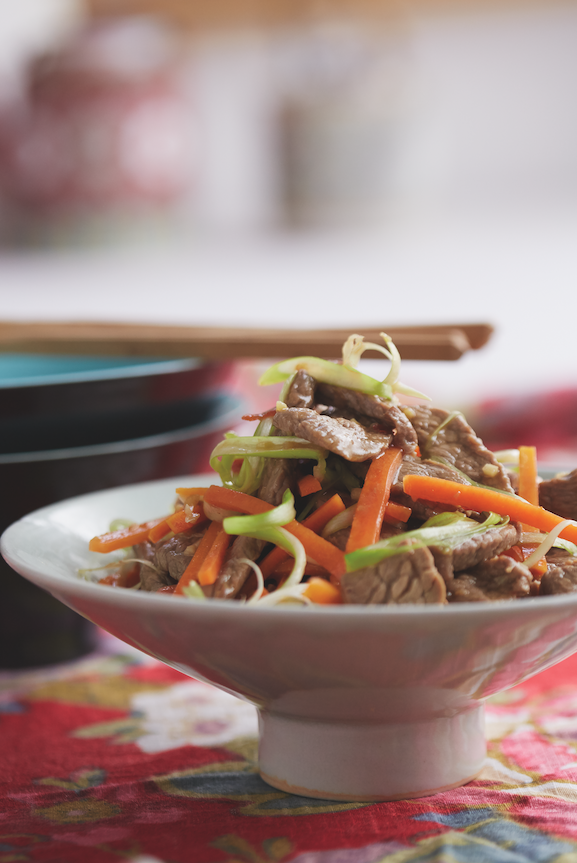
The history of Chinese cuisine
Chef Katie Chin, an Asian food expert at Hungry Virtual Xperiences, says it's believed that Chinese cuisine can be traced all the way back to the first millennium BC. "Chinese people are known to be obsessed with their next meal and in fact greet each other with Sihk jó faahn meih a? which literally translates as Have you eaten rice yet?" says Chin.
Additionally, the centuries old concept of yin and yang has had a profound influence on Chinese culture, cuisine and diet throughout history. "A harmonious balance of yin (cooling energy received from foods like steamed bok choy) and yang (warming energy from foods like spicy lamb) are sought in the creation of every menu," says Chin.
Chin also says some historians believe traders from Japan, Korea, the Arabian Peninsula, India and Persia may have had influence on Chinese cuisine during the Tang Dynasty.
5 best items to order as a beginner
Still not sure what to order off the menu? Chefs Chin and Lee recommend going with the following items that should be found on any menu, for the best first time-experience.
Vegetable fried rice: Made with snow peas, carrots, green peas, broccoli, cabbage and corn, this dish brings flavor and added texture while staying simple enough for all flavor profiles to enjoy, according to Lee.
Dumplings: A classic Chinese dish with dough wrapped around fillings like meat and vegetables, Spellman says in the U.S., dumplings are classified as an appetizer, but in China are considered a full-on meal.
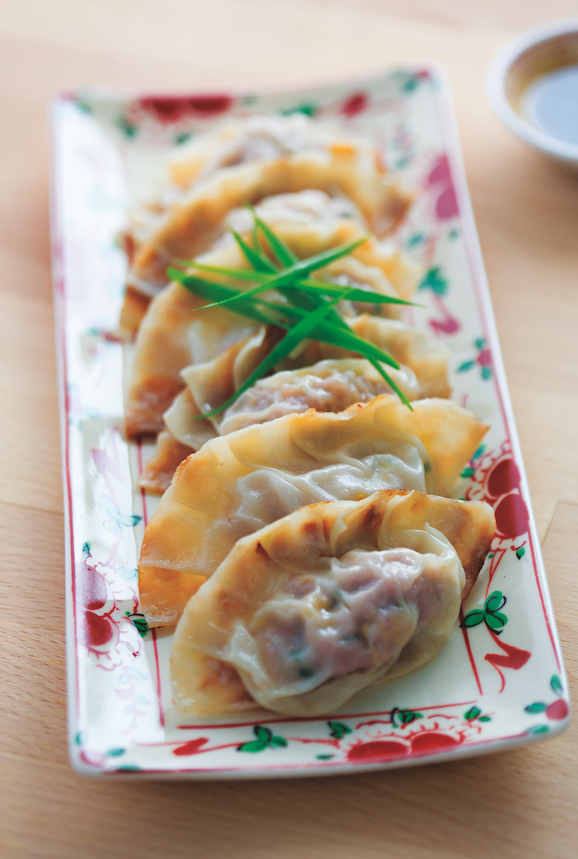
Kung Pao chicken: For adventurous eaters, this spicy stir-fried dish made with chicken breast, dry chili, scallion, garlic, peanuts and Sichuan peppers will be a delight. Lee says the savory sauce is perfectly rounded out by the salty and full-bodied flavor of the peanuts, making it great for beginners.
Xiaolongbao: This dish is simply steamed buns, cooked in a xiaolong (a small bamboo steaming basket) and filled with pork, ginger and scallion. The delicate skin of the dumpling holds a delicious (and steaming hot) pork-based broth and filling. Lee recommends this dish because it helps develop an appreciation for the art of Chinese cooking.
Dan tat (Chinese egg tarts): A classic Cantonese dessert that combines a wonderfully flakey crust filled with sublime creamy egg custard, Chin recommends dan tat, as it's the perfect ending to a savory Chinese meal.
Wellness, parenting, body image and more: Get to know the who behind the hoo with Yahoo Life’s newsletter. Sign up here.






